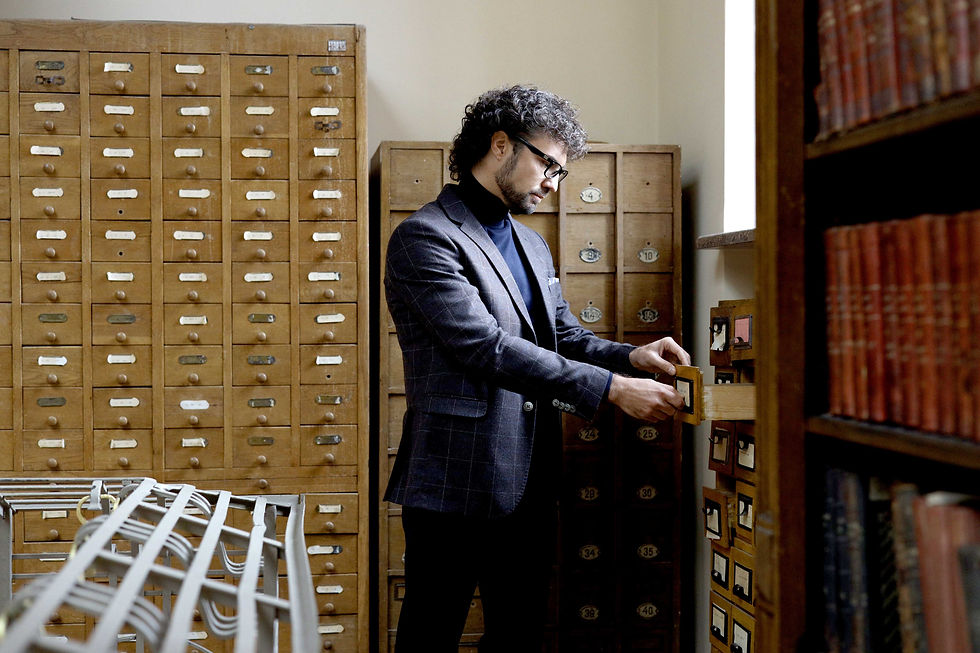
The preservation of legal information is not merely a matter of archiving. One of the primary challenges in preserving legal information lies in its sheer volume and diversity. In the United States, each jurisdiction produces a multitude of legal information with varying degrees of significance. Moreover, the dynamic nature of law means that new information is constantly being created, while older information may become obsolete or require updates to remain relevant. In this context, effective curation strategies are indispensable for managing this vast and ever-growing body of content.
Curating legal materials involves a combination of careful planning, systematic organization, and ongoing maintenance to ensure the integrity, accessibility, and usefulness of the collection. Here are some best practices for curating legal information effectively:
Define Clear Objectives: Begin by establishing clear objectives for the curation process. Determine the purpose of the collection, the intended audience, and the scope of materials to be included. Having well-defined objectives will guide decision-making and help prioritize resources effectively.
Identify Authoritative Sources: Focus on curating documents from authoritative sources such as government agencies, courts, reputable legal publishers, and academic institutions. Verify the authenticity and reliability of each document to maintain the credibility of the collection.
Organize Systematically: Develop a systematic organizational structure for the collection that reflects the hierarchy and relationships between different types of legal documents. Consider categorizing materials by jurisdiction, subject matter, type (e.g., statutes, case law, regulations), and chronological order for easy navigation and retrieval.
Standardize Metadata: Implement consistent metadata standards to describe each document accurately. Metadata should include essential information such as title, author, publication date, jurisdiction, citation, keywords, and legal identifiers (e.g., docket numbers, citation references). Standardizing metadata enhances searchability and facilitates interoperability with other systems.
Ensure Compliance with Legal Requirements: Stay informed about legal requirements governing the retention and disclosure of legal documents, including statutes of limitations, privacy laws, donor contracts, and court rules. Ensure that the curation process complies with relevant regulations to avoid risks and penalties.
Apply Preservation Best Practices: Implement robust preservation strategies to protect the integrity and longevity of the documents. This may involve digitizing paper records, using archival-quality materials, implementing backup and disaster recovery systems, and regularly monitoring for signs of deterioration or data corruption.
Regularly Review and Update: Conduct regular reviews of the curated collection to assess its relevance, accuracy, and completeness. Update the collection as needed to incorporate new documents, remove obsolete materials, and correct errors or inaccuracies. Continuous maintenance ensures that the collection remains current and valuable over time.
Provide Access Controls: Implement access controls to ensure that only authorized users can view or modify sensitive or confidential documents. Use encryption, authentication mechanisms, access logs, and user permissions to safeguard the security and confidentiality of the collection.
Facilitate User Engagement: Solicit feedback from users to understand their needs and preferences for accessing legal documents. Provide user-friendly interfaces, advanced search capabilities, filters, and annotations to enhance the usability and utility of the collection. Engaging with users fosters a sense of ownership and encourages ongoing collaboration.
Document Policies and Procedures: Document your library’s curation policies, procedures, and guidelines to ensure consistency and transparency in the management of the collection. Communicate these policies to stakeholders, train staff on curation best practices, and establish workflows for acquiring, cataloging, and maintaining documents.
By following these best practices, libraries can effectively curate legal documents to support research, decision-making, and legal compliance while preserving the integrity and accessibility of the legal information for future generations.